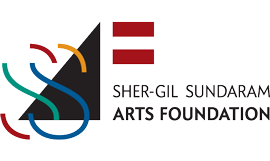Grant Recipient
ANGA ART COLLECTIVE
Title of the Project
GRANARY
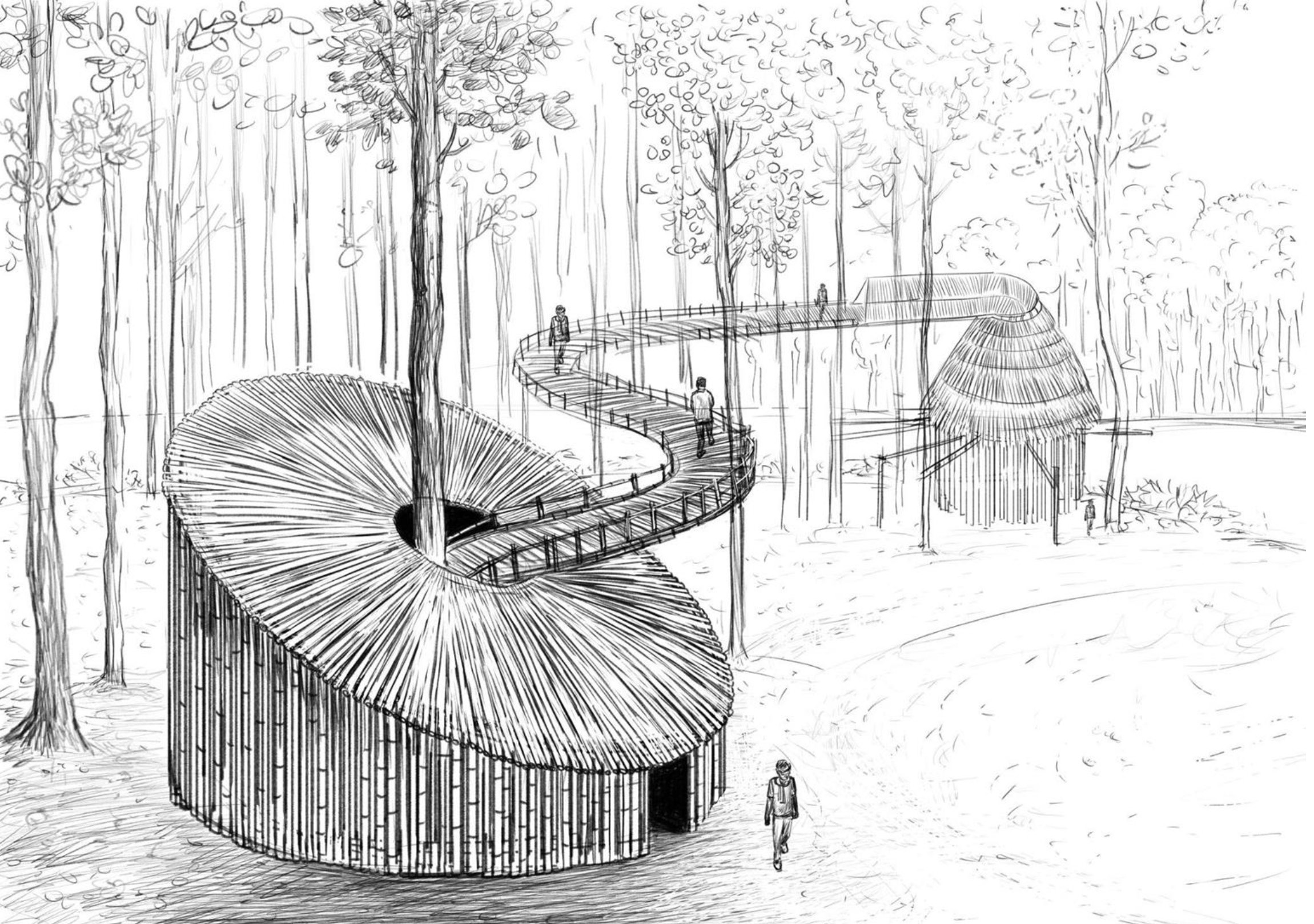
Possible plan of the main structure inspired from the tongi ghar
Artist Statement
Granary is imagined as a flexible library complex that exists through movement, ephemera, and community engagements. An initiative of Anga Art Collective, it aims to create pedagogic and archival space. Towards this aim, it emphasizes an ecosystem in which various forms, tools, and mediums of public and community engagements come together.
The idea behind Granary is derived from the Assamese word Bharal. Bharal refers to the architectural complex, common to village households in various communities of Assam, where grains are stored for the year. Just as Bharal signifies life, hopes and prospects in the community imagination, we envision the granary as a storehouse of the cultural productions of a multifaceted society which will be open to the community.
We are seeking to set up a granary in the villages of the Rani Forest Reserve situated towards the western periphery of Guwahati along the Assam–Meghalaya border. The conceptual backdrop for this site-specific installation will be largely centered on the ongoing ‘human–elephant conflict’ in this region. Our aim is to understand and map the complex, shifting relationship between man, elephant and the forest. These mappings and observations will be realized through the proposed granary space in the villages of Nallapara, Checha, Khope Gaon and Bhalla in Rani reserved forest area.
The core concept is to rethink the notion and practice of collectivity based on our observations of the human–elephant conflict and co-existence. What pedagogical, aesthetic and performative possibilities could this site offer?
The architecture of the proposed installation is inspired by the geographical and ecological location of the landscape and the dynamics of human and non-human interaction that has taken shape over the years. The structure will be constructed using local materials like bamboo, wood, straw and other found objects. The idea is for the structure to incorporate a performance/exhibition space, a workshop space and a temporal library- cum-archive.
In our field visits to the area, we have observed bamboo structures at different locations across the villages. Locally called tongi ghar, the structures are used as watch towers where a group of men stay for the night to keep a check on the movements of elephants who frequent the villages in search of food. Taking the functional and architectural idea of the tongi ghar as a structural form, we will seek to create a design that establishes the site-specific context.
The architecture will be utilized to host a number of events like storytelling sessions, community interactions, film-screenings, visual installations etc. within and around the space to generate a dialogic and immersive experience. One such event will be putting on a folk play, known as jatra party, in collaboration with local artists.
This structure will be constructed largely through the notion of horizontality and non-extractive approaches. With multiple short-term and long-term functionalities, the core philosophy of the installation will be to harness non-human perspectives.
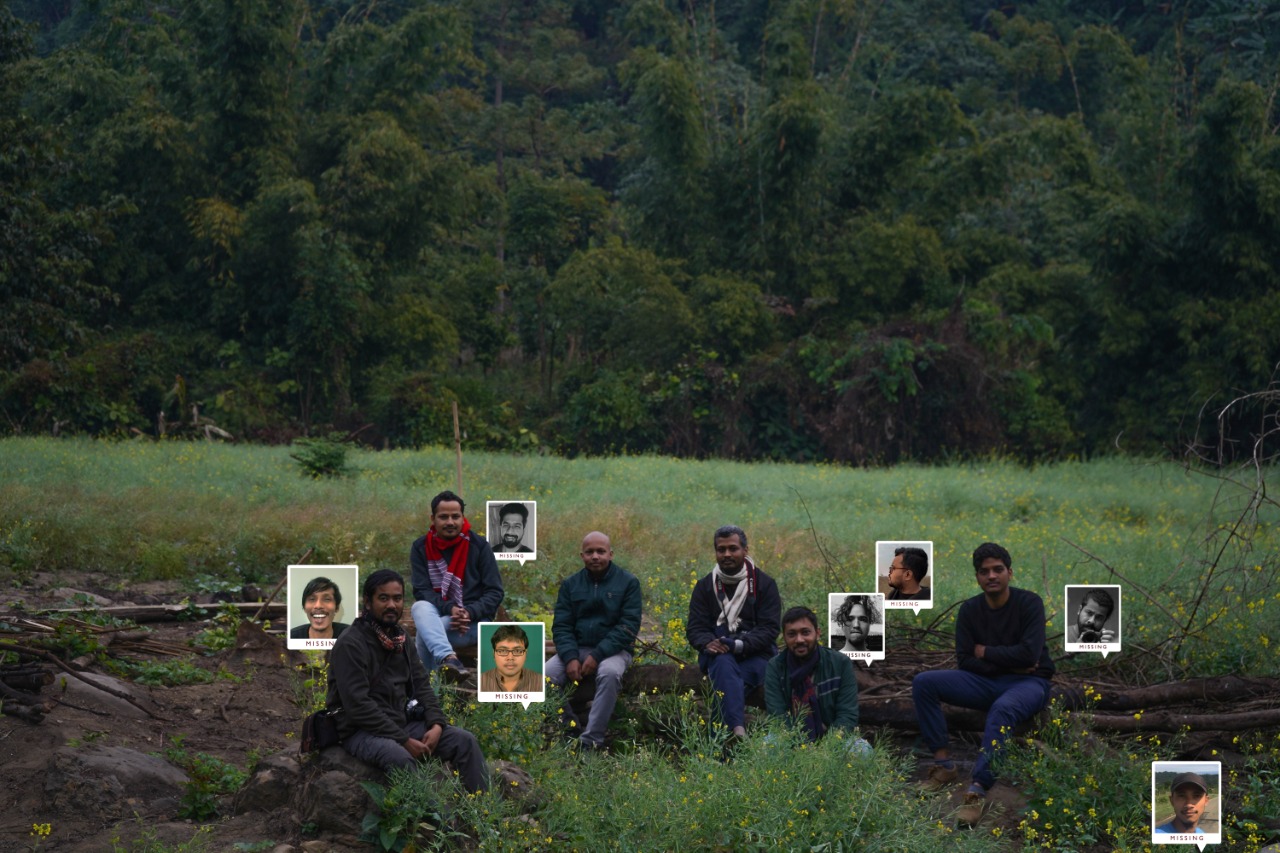
Assam-based Anga Art Collective was initiated in 2010 by a group of friends who sought to create a space that engages in critical thinking about visuality and materiality based on the geographical and social landscape of the region. They think and work through regional and cultural specificities, exploring the possibilities of artistic responses that meditate on these specificities. They delve into what it means for a studio space to break itself to become a process, while imagining the idea of the collective as a growing process rather than a closed ensemble. The collective maintains a fluid structure where individual and collaborative practices go hand in hand. They believe in sharing knowledge across disciplines and collaborating with village communities, academics, and activists on different events and situations. At present the collective has 13 members: Bidyut Sagar Baruah, Chandan Borgohain, Dharmendra Prasad, Dhrubajit Sarma, Himadri Dutta, Kartik Lahkar, Kuldip Sarma, Mayur Rajbongshi, Pallov Saikia, Pankaj Sarma, Rahul Lahon, Sanjib Kalita and Ankan Dutta. They reside in different parts of Assam and outside the state as well.
Jury
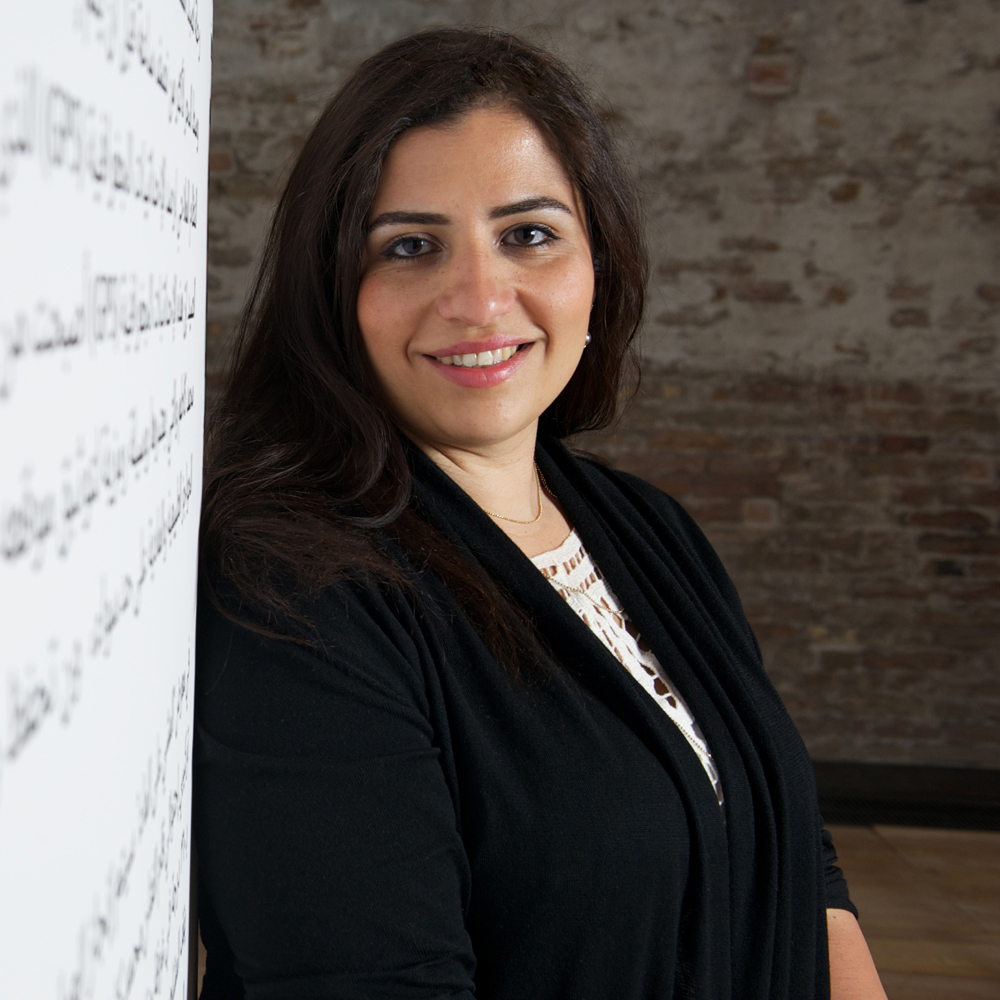
Reem Fadda (Jury Chair) is a curator and art historian. From 2010 to 2016, Fadda worked at the Guggenheim Museum as Associate Curator, Middle Eastern Art, Abu Dhabi Project. From 2005 to 2007, Fadda was Director of the Palestinian Association for Contemporary Art (PACA), Ramallah and served as Academic Director for the International Academy of Art Palestine, Ramallah. She has curated many international exhibitions and biennials, including Jerusalem Lives (Tahya Al Quds), The Palestinian Museum, Birzeit (2017); Not New Now, 6th Marrakech Biennale, (2016) and the United Arab Emirates National Pavilion, 55th Venice Biennale (2013). Fadda was awarded the eighth Walter Hopps Award for Curatorial Achievement in 2017 and is a 2019 Fellow of the Young Global Leaders of the World Economic Forum. She currently works as Director of the Cultural Foundation in Abu Dhabi.
Photo by Sofia Dadourian
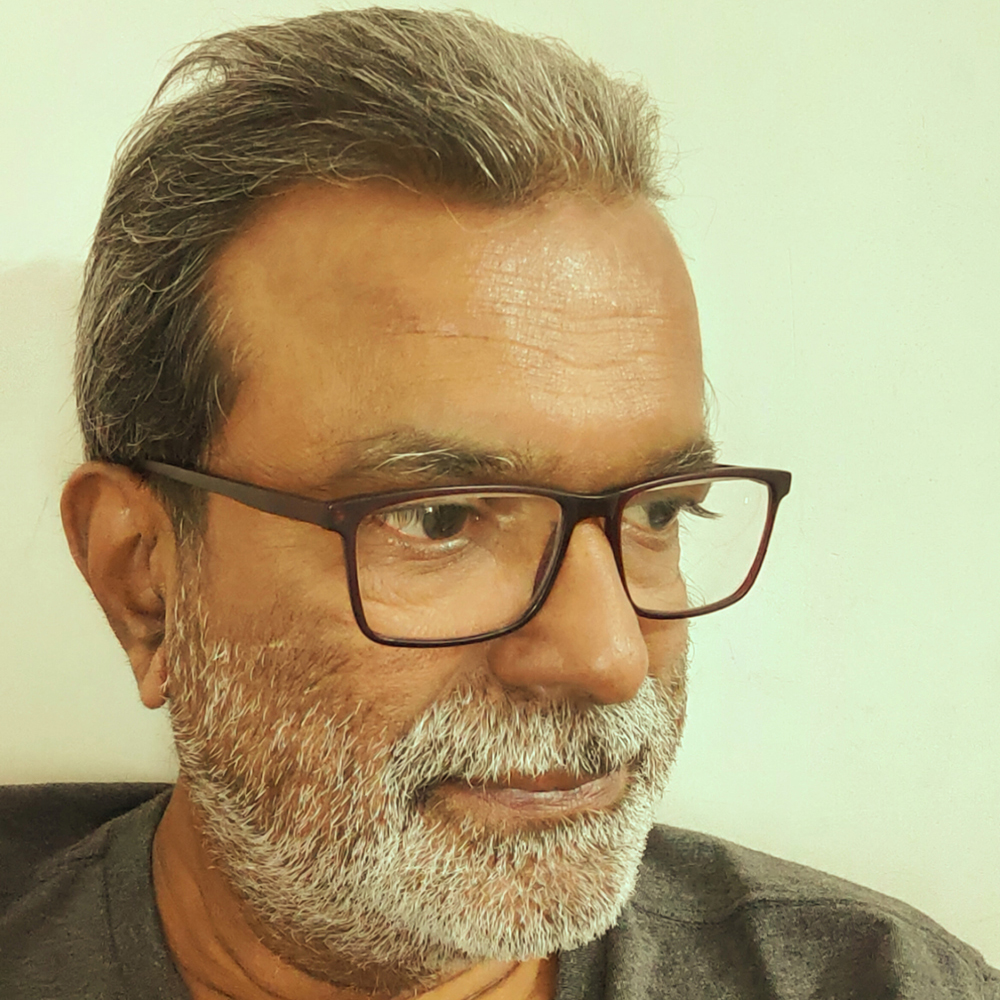
Suresh B.V. holds an MA in Painting from Royal College of Art, London (1985–87), a post-diploma and diploma in Painting from Faculty of Fine Arts, M.S. University Baroda (1979–85) and formal art training from Ken School of Arts, Bangalore (1976–78). He has taught at M.S. University Baroda as full-time faculty, and is currently the Head of Fine Arts Department, S.N. School, University of Hyderabad. Suresh has held several solo shows including Canes of Wrath at Kochi Muziris Biennale (2018) Chronicles of Silence (2015) at Vadehra Art Gallery, New Delhi and Sumukha Gallery, Bangalore, Khamoshi Ki Daastan (2015) at Faculty of Fine Arts, Baroda, Facilitating the Beast (2006) at Vadehra Art Gallery, New Delhi. He has participated in international and national group exhibitions which include, Hong Kong Art Fair, China, Destination Asia: Non-Strict Correspondence at Almaty, World Social Forum at Nairobi, and Video Art, South Africa, Aesthetic Bind, Cabinet Closet Wunderkammer at Chemould Gallery, Mumbai, Back to School at Tao Gallery, Mumbai and Pallete Gallery, New Delhi, Mechanisms of Motion at Anant Art, New Delhi, Are We Like This Only at Vadehra Gallery, New Delhi. Suresh has also done several collaborative projects with fellow artists and theatre persons, illustrated children’s books, participated in art camps and conducted numerous workshops on video and intermedia in colleges.
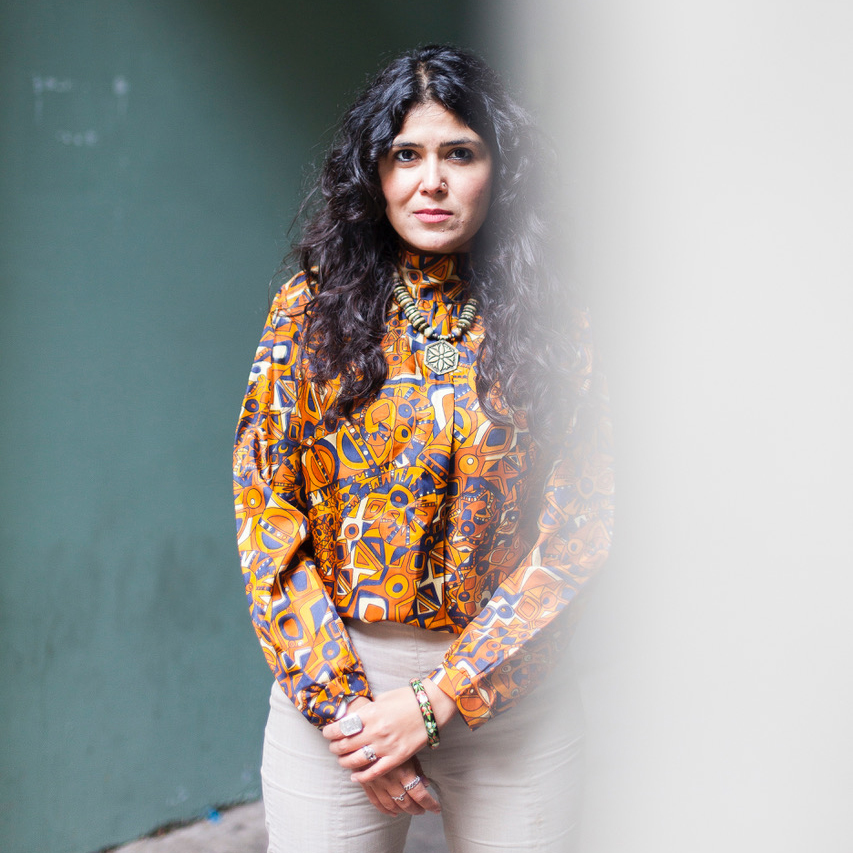
Natasha Ginwala is a curator, writer and editor based in Colombo and Berlin. Ginwala is Associate Curator at Gropius Bau, Berlin; Artistic Director of Colomboscope in Sri Lanka and the 13th Gwangju Biennale with Defne Ayas (2021). Ginwala has curated Contour Biennale 8, Polyphonic Worlds: Justice as Medium and was part of the curatorial team of documenta 14, 2017. Since joining Gropius Bau in 2018 she has curated a number of exhibitions including survey shows of Bani Abidi and Akinbode Akinbiyi. Other recent projects include Shadow Circus at SAVVY Contemporary (with Bonaventure Soh Bejeng Ndikung); Arrival, Incision. Indian Modernism as Peripatetic Itinerary in the framework of “Hello World. Revising a Collection” at Hamburger Bahnhof – Museum für Gegenwart, Berlin, 2018; Riots: Slow Cancellation of the Future at ifa Gallery Berlin and Stuttgart, 2018; My East is Your West at the 56th Venice Biennale, 2015; and Corruption: Everybody Knows with e-flux, New York, 2015. Ginwala was a member of the artistic team for the 8th Berlin Biennale for Contemporary Art, 2014, and has co-curated The Museum of Rhythm, at Taipei Biennial 2012 and at Muzeum Sztuki, Lodz, 2016–17. Ginwala writes regularly on contemporary art and visual culture. Recent co-edited volumes include Stronger than Bone (Archive Books and Gwangju Biennale Foundation) and Nights of the Dispossessed: Riots Unbound (Columbia University Press).
Photo by Victoria Tomaschko
Announcement of the Grantee
Jury Statement
We would like to begin by thanking the Sher-Gil Sundaram Arts Foundation for this generous grant to not only support artists but instigate much needed debates and opportunities to push art processes forward. We would like to also congratulate the applicants for their thoughtfully formulated artistic project proposals. Their propositions served as a poetic lens on many critical issues from all over India, from investigating indigenous and gendered practices, to responding to ecological disasters and even political issues. Most importantly, the reach of this grant was commendable; we received applications not just from the metropolitan centers but also from different regions of the country, especially the North East and South India. Artists responded to the urgent calls of their communities and even formulated ideas that were an answer to those various plights.
Saying this, the key point we looked for in the awarded artwork was those that went beyond questioning and the documentary. The awarded work provided poetic answers and proposed possible futures. It also did not forsake a deepened sense of aesthetic justice, care and an urgency to give back.
Everything mentioned above is a testament that this grant becomes a vehicle to reimagine the social potential of art in present-day India, while making it accessible intellectually and in practical means, all the while creating a lasting impact on history.
And with no further ado we would like to announce that the winning application was by Anga Art Collective for their project entitled Granary. It is a beautifully conceived idea which manifests on vitality and imagines creating an in-situ installation that serves as a flexible library complex inspired by indigenous architectural elements of the Bharal to take place in Assam.
In the words of my fellow juror Suresh, “The proposal stood out for its collective, inclusive, sustainable and impactful practice. It has deeply held, clearly articulated notions of belonging to the world of rural ecosystems, cultures and ephemeral natures. Also the project very sensitively and intelligently framed thoughtful concerns for human, animal and natural systems. Anga’s practice is long in its duration, collective in terms of its operations and outreach. It is institutional, pedagogically expansive and sustainable for future generations.”
Natasha Ginwala also added that “From the immense range of artistic proposals made for the SSAF Installation Art Grant 2022, many of which took up daring and collaborative forms, Anga Art Collective’s approach is remarkable for the way it encompasses decentralised modes of expression delving in knowledge building, vernacular architecture and an eco-political confluence. Their focus anchors how agrarian practices, pedagogic resources, and living amidst non-human agents converge to shape aesthetic processes. It also generates a material provocation toward the role of installation art itself and toward its forced longevity – instead there is an intention to engage organic matter in transformative capacities. Anga Art Collective presented a well researched and strikingly illustrated proposal that, when seen together with their recent projects, underscores a commitment to indigenous sovereignty connected to terrains they live and work within. Having pursued a communitarian mode with friendship as integral to evolving creative methods, their initiative is not only promising but rather feels vital in an era of systemic collapse and social alienation.”
